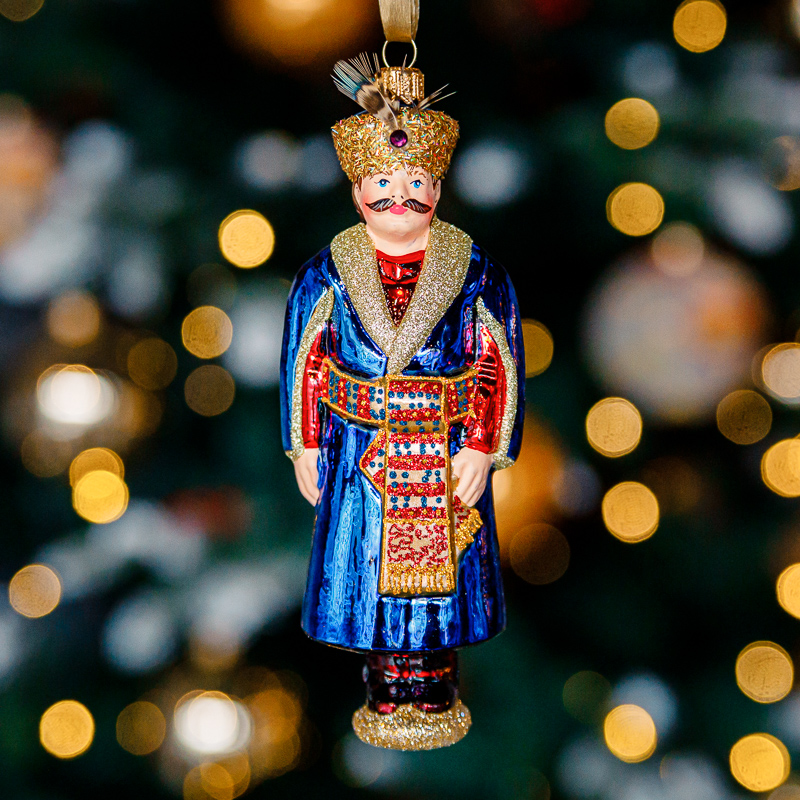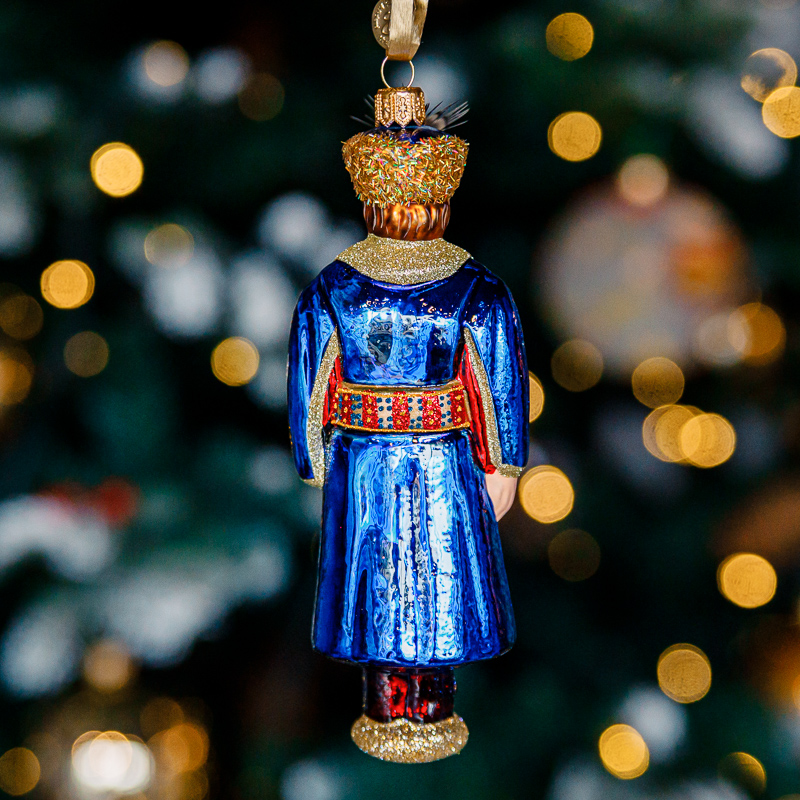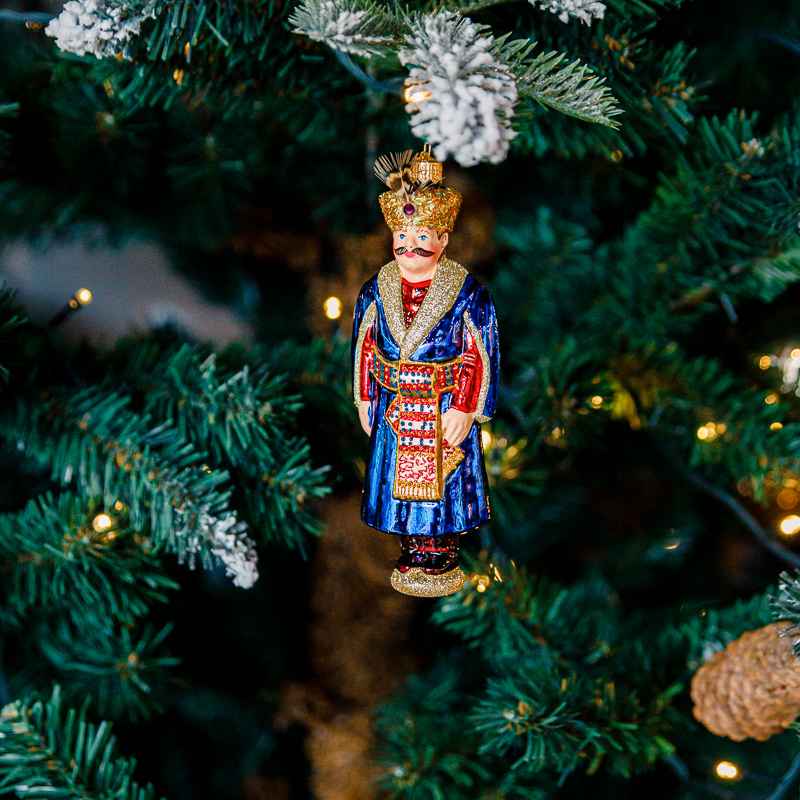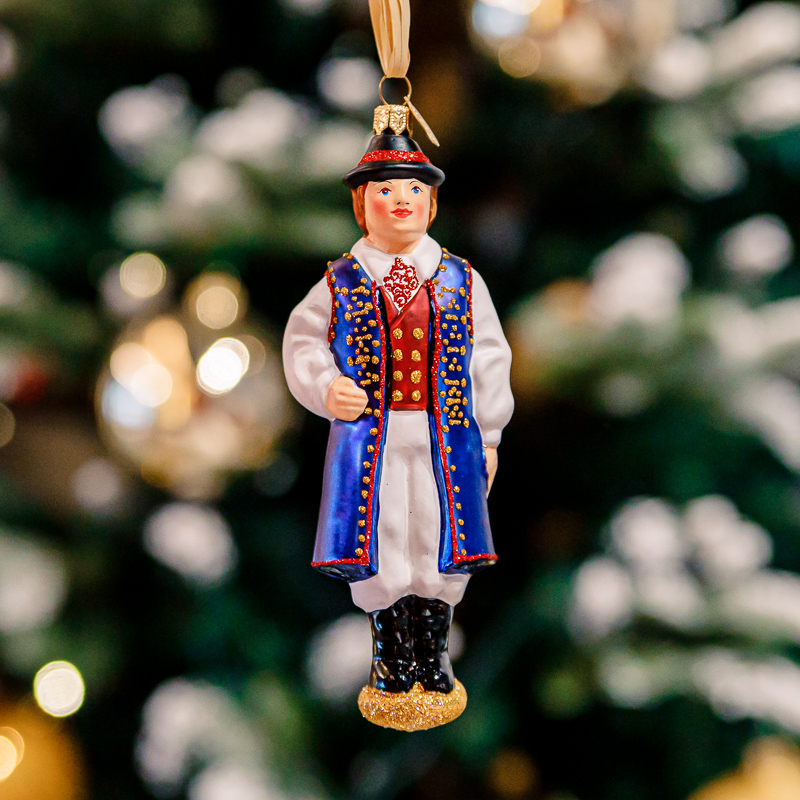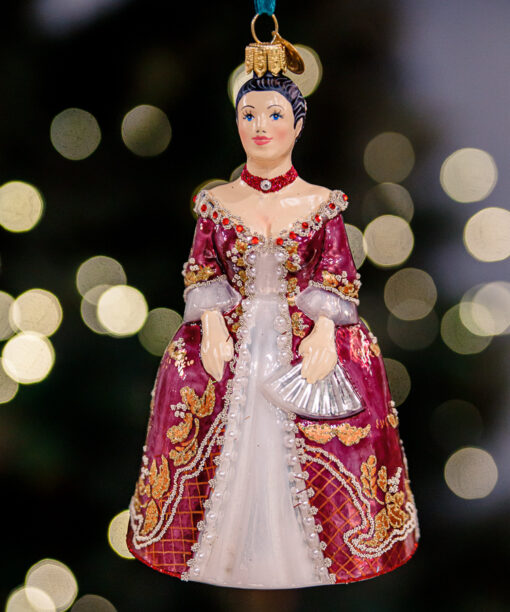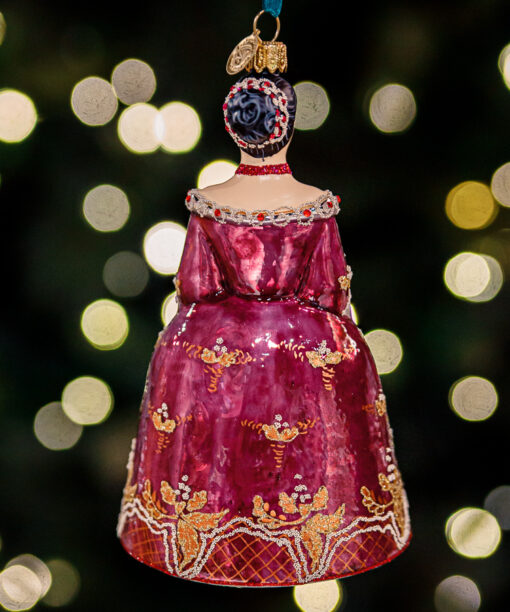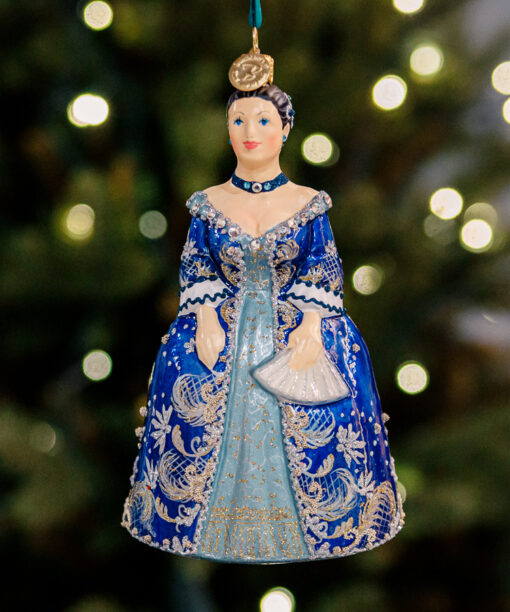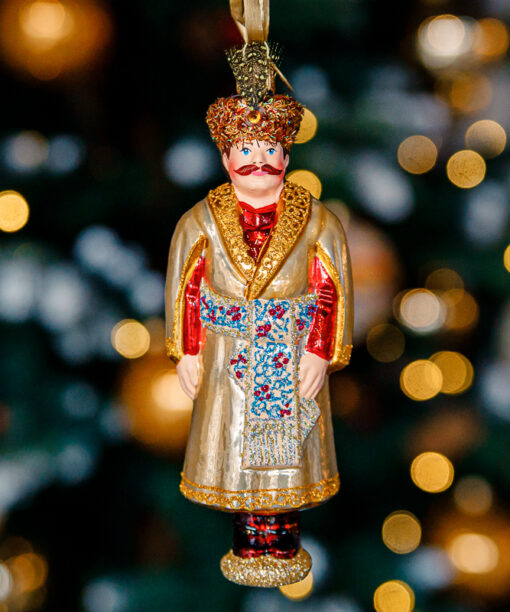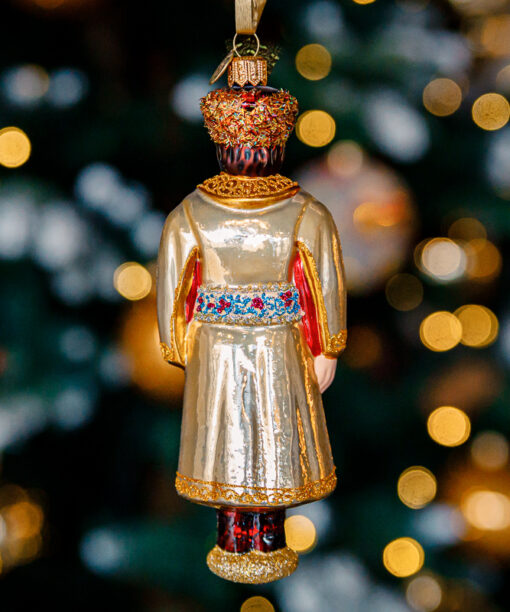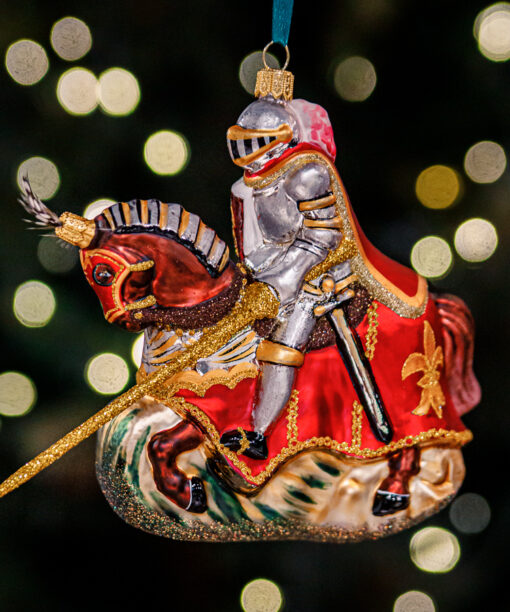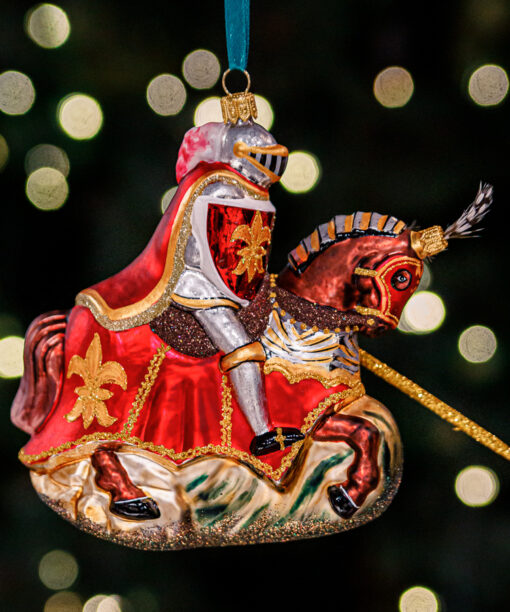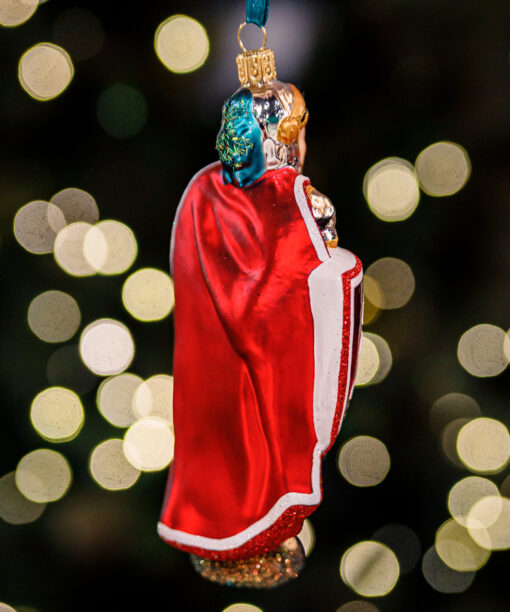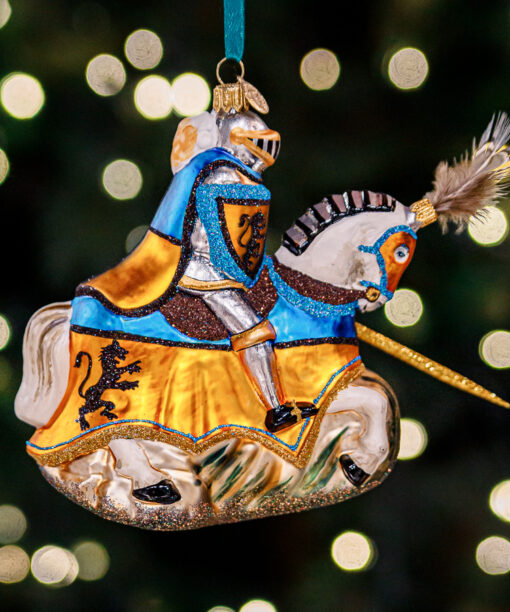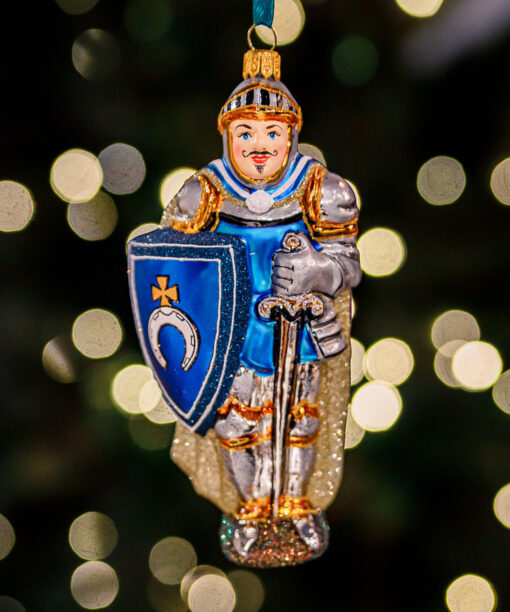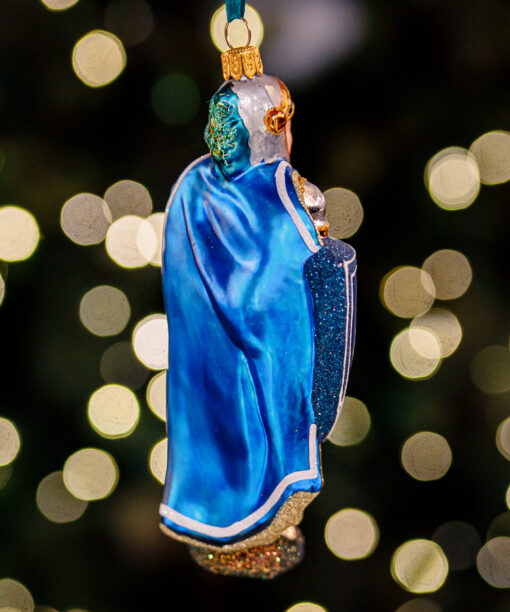Nobleman in blue
150.00 zł
Nobleman in blue – Polish National Costume That glass Polish nobleman wears a 18th century national costume, which customarily includes a long red shirt – żupan and a dark blue coat with a golden collar – kontusz.
- courier: 22 PLN
- parcels: 18.5 PLN
- cash on delivery: 27.5 PLN
In stock
Polish National Costume
That glass Polish nobleman wears a 18th century national costume, which customarily includes a long red shirt – żupan and a dark blue coat with a golden collar – kontusz. He couldn’t do without a masterly woven golden-red belt, that had origin in Midlle East. The whole costume is completed with a blue hat lined with fur, topped with a peacock feather and knee-high boots. The handmade figure was inspired by old Polish culture and portraits of Polish nobles. It belongs to The Bombkarnia author’s collection.
Polish national costumes appeared on Poland’s territory in the 16th century and survived almost unchanged to the interwar period. They were reserved for representatives of the noble families and were closely linked to Sarmatian’s ideology and culture which were initiated on Polish lands by the legendary tribe of Sarmatians, descended from the East. The costumes worn by noblemen brought to mind the eastern style, because of the use of intensely colorful and expensive fabrics with masterly woven silk belts that had to be imported all the way from Persia and Turkey. The whole Polish man costume had to be completed with a specific image: a half-shaved head and a considerable moustache. Female clothes, which had been under a strong French influence, were altered to fit the local customs and so received native Polish elements. One of the examples was an extra layer of fur added to from the inside to short coats and hats. During the 18th century wars, Polish national costumes were used as military uniforms, and later, in the time when the Poland disappeared from the maps, wearing them was a way of showing patriotic feelings. Their artistic form was always greatly admired, not only by the Polish, but also other European artists like Rembradt van Rijn, author of the well-known Polish Nobleman.
Height of the bauble~ 15 cm
| Weight | 0.30 kg |
|---|---|
| Dimensions | 15 × 0.00 × 0.00 cm |

